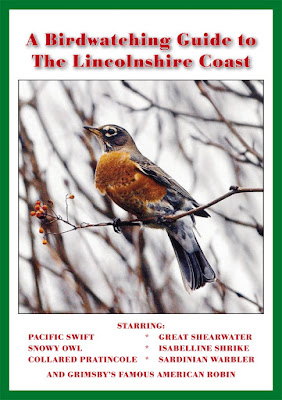Letter from The Zoologist, 1845
I have lately procured a specimen (a very good one) of the rarest of all British birds - the Scolopax Sabini.
It was shot early last month, near one of the estuaries of Chichester-harbour.
The person who killed it (a retired sergeant) sold it for five shillings (25p), but its new possessor (fortunately for me, not a collector) became so well aware of its value that I succeeded, with difficulty,
in procuring it for five pounds.
I believe this is the sixth instance of its occurrence, and it has never been obtained out of the British islands.
Captain Bonham, of the 10th Hussars, who shot the second that was ever killed, showed me his bird last month at Brighton.
It is, perhaps, a little less dark, but otherwise it is similar in all respects to my specimen.
A.E. Knox






























